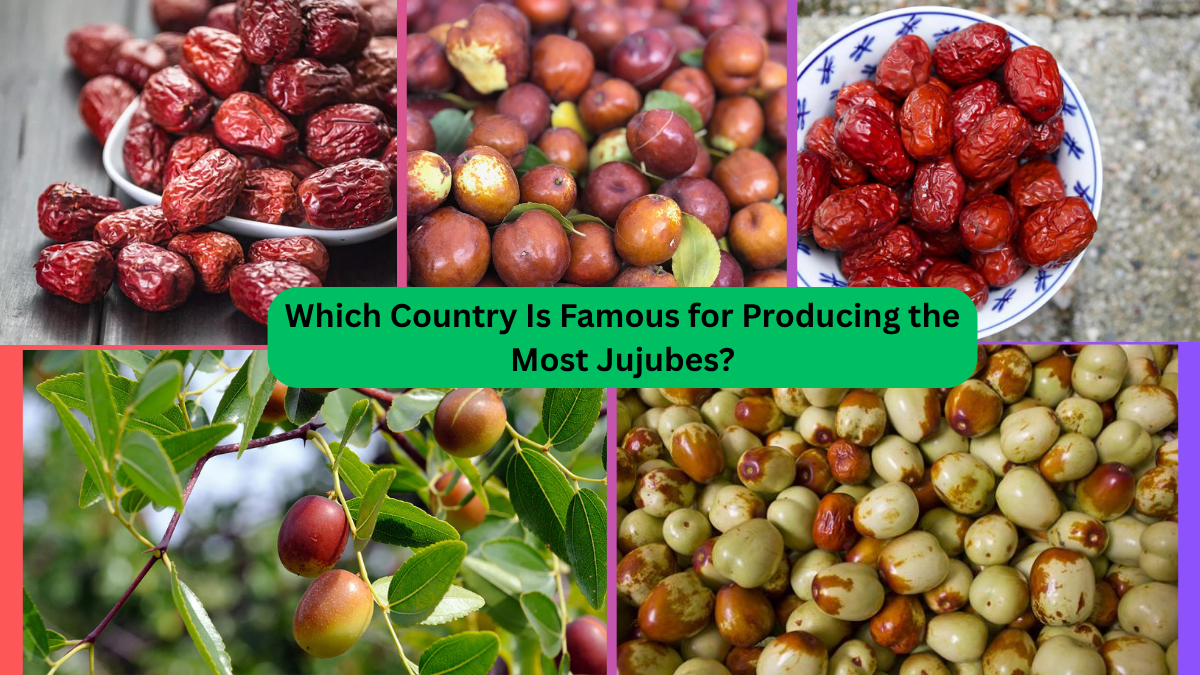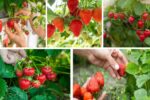The jujube, often lovingly referred to as the “Chinese date,” is a small, sweet, and nutritious fruit with a history spanning over 4,000 years. It holds a special place in Asian culture and is now gaining popularity in health-conscious markets around the globe. While several countries grow this resilient fruit, one nation has truly mastered the art and science of jujube cultivation on an unmatched scale. So — which country is famous for producing the most jujubes? China holds that title, producing over 90% of the world’s total jujube supply.
In this detailed article, we’ll explore how China came to dominate jujube production, its key growing regions, other jujube-producing countries, the uses and health benefits of this unique fruit, and what the future holds for this fascinating crop.
A Quick Introduction to the Jujube
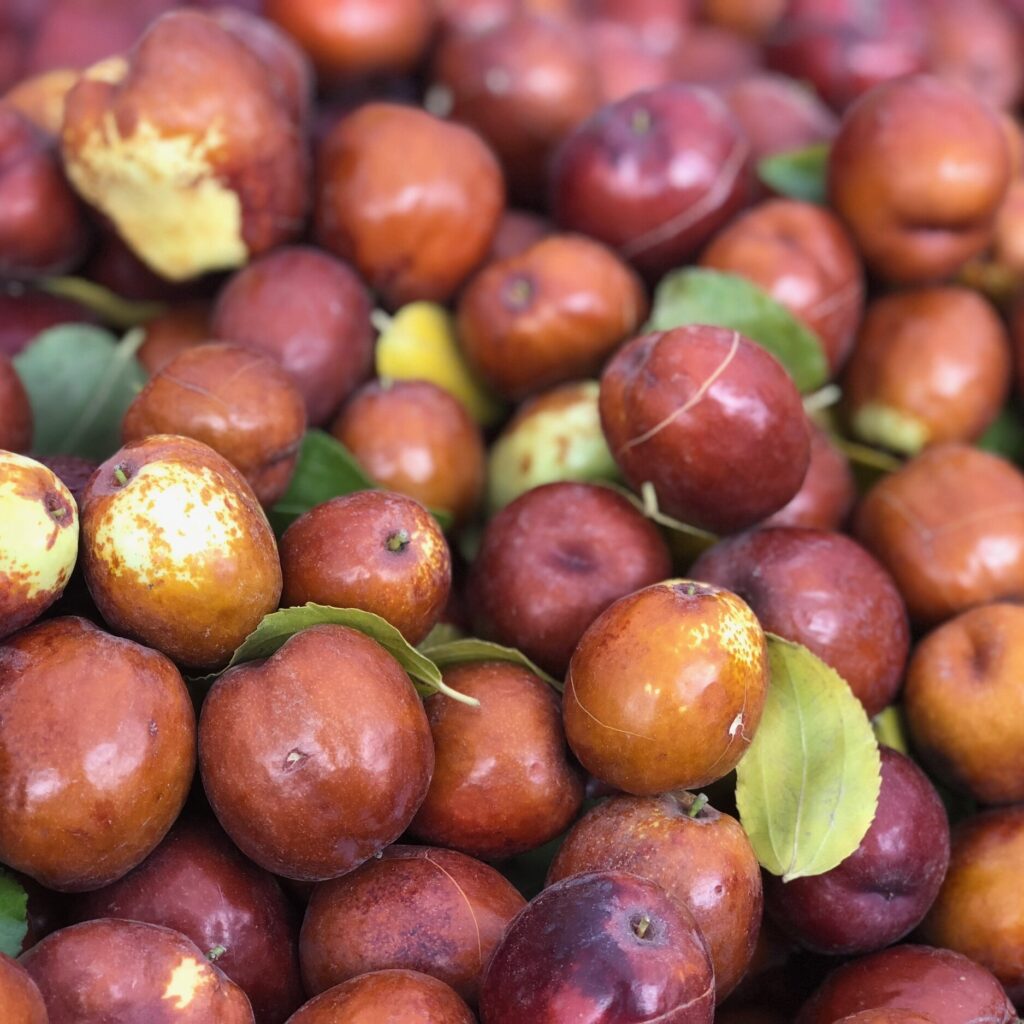
Scientifically known as Ziziphus jujuba, the jujube is a deciduous tree from the buckthorn family, native to Southern Asia. Its fruits start green, turn brownish-red as they ripen, and develop a wrinkled texture much like a date when fully dried. Valued for their natural sweetness and remarkable medicinal properties, jujubes are used fresh, dried, or in teas, syrups, and even herbal medicine.
China: The Undisputed Jujube Champion
The Scale of Production
China isn’t just the biggest producer of jujubes — it’s essentially the heart of the jujube world. According to global agricultural data:
- China produces over 90–95% of the world’s total jujube harvest.
- The country cultivates jujubes on over 2 million hectares of farmland.
- Annually, China produces around 7–8 million metric tons of jujubes.
This staggering output makes China the undisputed leader in both the cultivation and global trade of jujubes.
Key Jujube-Growing Regions in China
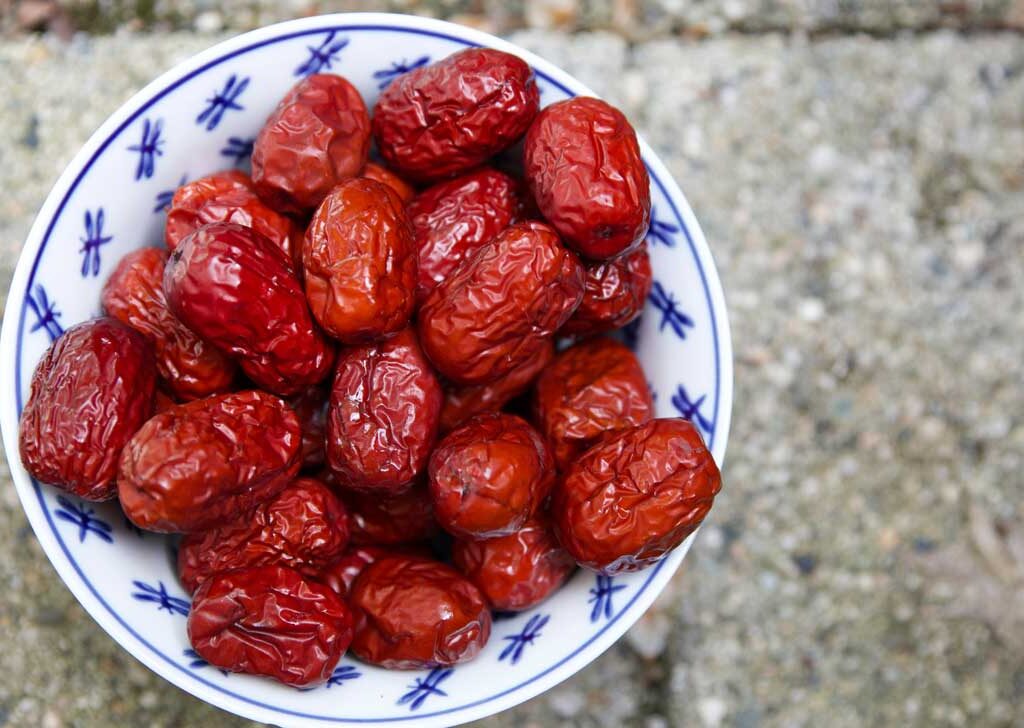
The majority of jujube cultivation in China happens in the north-central and northwestern provinces, where the tree thrives in semi-arid and arid climates. The top producing regions include:
- Xinjiang Province: Especially known for its high-quality dried jujubes.
- Hebei
- Shandong
- Henan
- Shaanxi
- Shanxi
- Gansu
- Ningxia
Each of these regions specializes in different jujube varieties, tailored to local growing conditions and market preferences.
Why China Leads the World in Jujube Production
China’s dominance in jujube production isn’t accidental. Several factors contribute to the country’s unmatched status:
Ancient Domestication
Jujubes have been grown in China for over 4,000 years. This long history of cultivation means the Chinese have had millennia to refine growing techniques, develop superior cultivars, and integrate jujube farming into their culture and economy.
Perfect Growing Conditions
The arid and semi-arid climates of northern China are ideal for jujube trees, which are drought-tolerant and thrive in poor, well-drained soils. These natural conditions reduce the need for intensive irrigation or chemical treatments.
High-Yield Varieties
Over hundreds of years, Chinese farmers have developed more than 800 unique cultivars of jujubes. These varieties offer different sizes, flavors, ripening times, and uses — from fresh-eating types to those best suited for drying or processing.
Advanced Agricultural Practices
Modern jujube farms in China utilize:
- High-density planting
- Grafting techniques
- Drip irrigation
- Integrated pest management
- Climate-resilient crop varieties
This combination of traditional wisdom and modern technology boosts both yield and fruit quality.
Processing Infrastructure
China also leads in jujube processing. In addition to fresh consumption, jujubes are processed into:
- Dried fruit
- Candied snacks
- Herbal teas
- Extracts and powders
- Traditional Chinese medicine remedies
A well-established supply chain ensures that jujubes reach both domestic and international markets quickly and efficiently.
Other Notable Jujube-Producing Countries
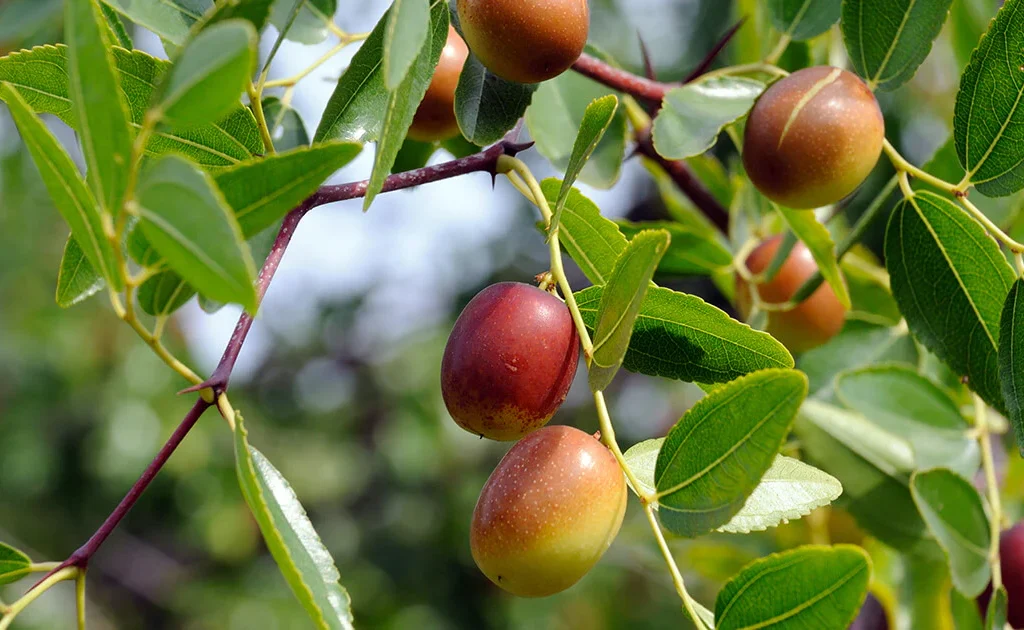
While China reigns supreme, other nations also cultivate jujubes, primarily for local consumption:
India
Known locally as ber, India grows several indigenous jujube varieties. Maharashtra, Rajasthan, Punjab, and Uttar Pradesh are key growing states. India’s jujube production is primarily for fresh fruit markets and regional culinary uses.
Pakistan
Pakistan cultivates jujubes in Sindh and Punjab provinces. The country produces both fresh and dried jujubes, though most are consumed domestically.
Iran
Iran grows a modest amount of jujubes, especially in its northeastern provinces. The fruit holds significance in Persian traditional medicine.
South Korea
South Korea values jujubes both for food and medicinal uses, particularly in traditional samgyetang (ginseng chicken soup) and teas.
United States
Though a relatively small player, jujube cultivation is gradually growing in southwestern U.S. states like California, Arizona, and Texas, where the climate is suitable for this hardy tree.
Uses and Health Benefits of Jujubes
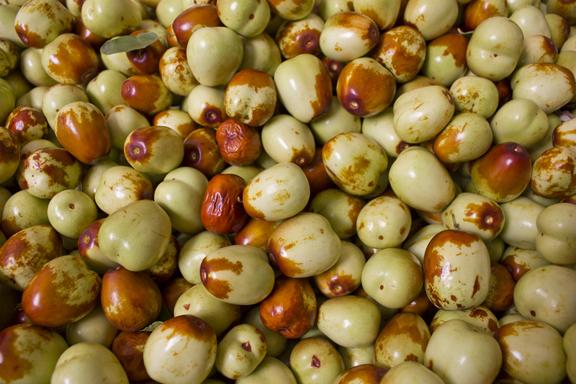
Jujubes aren’t just tasty — they’re packed with health benefits that have earned them a respected place in traditional medicine and modern wellness trends.
Nutritional Profile
- High in vitamin C (more than citrus fruits)
- Rich in antioxidants
- Contains potassium, iron, and flavonoids
- Low in calories and fat
Health Benefits
- Boosts immunity
- Supports digestive health
- Reduces stress and anxiety
- Promotes better sleep
- Aids in skin health and anti-aging
In Traditional Chinese Medicine (TCM), jujubes are considered a natural tonic for calming the mind, nourishing the blood, and strengthening the spleen.
The Growing Global Demand for Jujubes
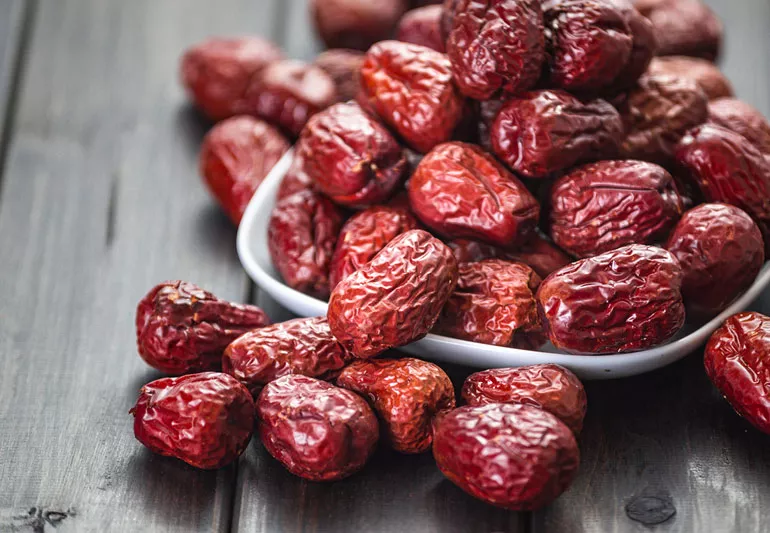
In recent years, the demand for jujubes has grown rapidly in global health food markets. Factors fueling this trend include:
- Increased awareness of superfoods
- Rising demand for plant-based, natural remedies
- Interest in ancient herbal medicines
- Popularity of dried fruits and natural snacks
China has responded by expanding exports of dried jujubes and jujube-based products, particularly to East Asian, Middle Eastern, and increasingly Western markets.
Challenges in Jujube Production
Even with its dominant position, China’s jujube industry faces several challenges:
- Pest and disease outbreaks, like jujube witches’ broom
- Climate change impacts affecting rainfall and temperature patterns
- Overproduction and price fluctuations
- Labor shortages in rural farming areas
To overcome these, the industry is investing in:
- Disease-resistant jujube varieties
- Mechanized harvesting
- Smart irrigation systems
- Expanded processing and value-added product development
Future Outlook for the Global Jujube Market
With growing global interest in health foods and traditional herbal remedies, the future of jujube farming looks bright. Market analysts project steady growth in demand, especially in:
- North America
- Europe
- Southeast Asia
- Middle Eastern markets
China will continue to lead the way, but smaller producers in India, Iran, and the U.S. may gradually expand their market shares through niche markets and organic cultivation.
Conclusion
When it comes to jujube production, China is in a league of its own. With over 90% of the world’s supply, a 4,000-year history of cultivation, and unmatched agricultural expertise, it’s no wonder China is famous for producing the most jujubes. From ancient medicine to modern superfood trends, this resilient little fruit continues to play an essential role in both Chinese culture and global health movements.
As demand rises, expect to see jujubes appearing more frequently in health food stores, recipes, and even your local farmer’s market — a testament to the enduring appeal of this ancient fruit.
